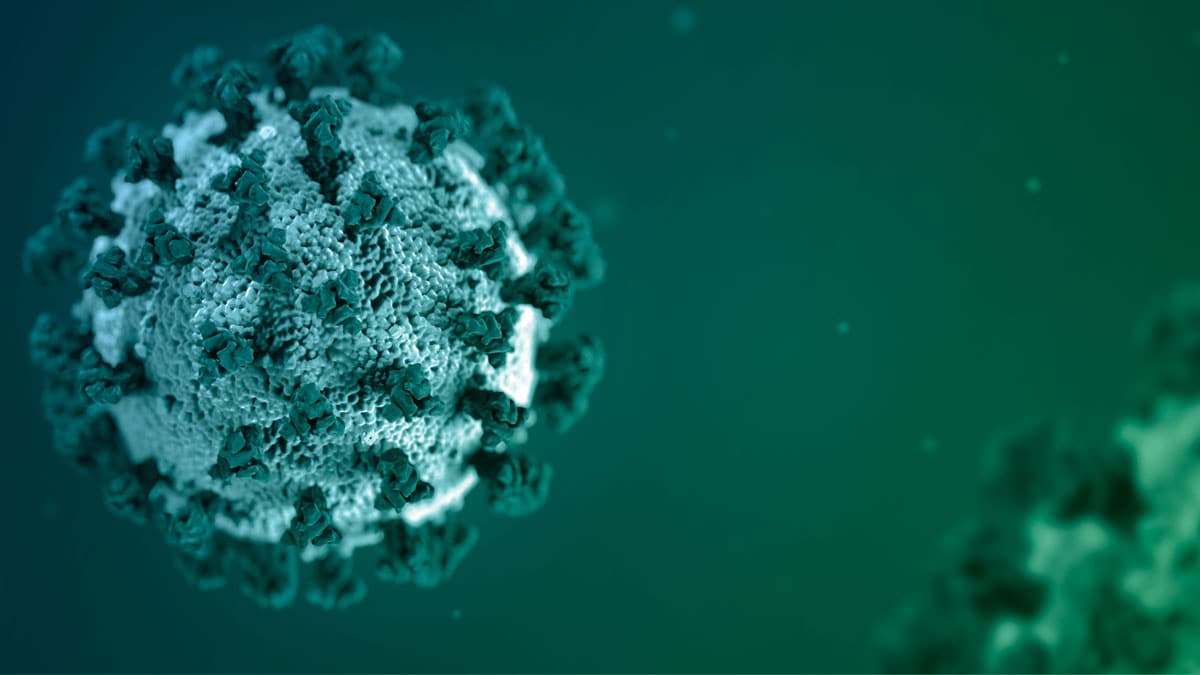Cloth mask is just fine, fancy masks not needed
Sharing latest research from CDC
SARS-CoV-2 infection is transmitted predominately by respiratory droplets generated when people cough, sneeze, sing, talk, or breathe. CDC recommends community use of masks, specifically non-valved multi-layer cloth masks, to prevent transmission of SARS-CoV-2. Masks are primarily intended to reduce the emission of virus-laden droplets (“source control”), which is especially relevant for asymptomatic or presymptomatic infected wearers who feel well and may be unaware of their infectiousness to others, and who are estimated to account for more than 50% of transmissions.1,2 Masks also help reduce inhalation of these droplets by the wearer (“filtration for personal protection”). The community benefit of masking for SARS-CoV-2 control is due to the combination of these effects; individual prevention benefit increases with increasing numbers of people using masks consistently and correctly.
Source Control to Block Exhaled Virus
Multi-layer cloth masks block release of exhaled respiratory particles into the environment,3-6 along with the microorganisms these particles carry.7,8 Cloth masks not only effectively block most large droplets (i.e., 20-30 microns and larger)9 but they can also block the exhalation of fine droplets and particles (also often referred to as aerosols) smaller than 10 microns ;3,5 which increase in number with the volume of speech10-12 and specific types of phonation.13 Multi-layer cloth masks can both block up to 50-70% of these fine droplets and particles3,14 and limit the forward spread of those that are not captured.5,6,15,16 Upwards of 80% blockage has been achieved in human experiments that have measured blocking of all respiratory droplets,4 with cloth masks in some studies performing on par with surgical masks as barriers for source control.3,9,14
Filtration for Personal Protection
Studies demonstrate that cloth mask materials can also reduce wearers’ exposure to infectious droplets through filtration, including filtration of fine droplets and particles less than 10 microns. The relative filtration effectiveness of various masks has varied widely across studies, in large part due to variation in experimental design and particle sizes analyzed. Multiple layers of cloth with higher thread counts have demonstrated superior performance compared to single layers of cloth with lower thread counts, in some cases filtering nearly 50% of fine particles less than 1 micron .14,17-29 Some materials (e.g., polypropylene) may enhance filtering effectiveness by generating triboelectric charge (a form of static electricity) that enhances capture of charged particles18,30 while others (e.g., silk) may help repel moist droplets31 and reduce fabric wetting and thus maintain breathability and comfort.
Human Studies of Masking and SARS-CoV-2 Transmission
Data regarding the “real-world” effectiveness of community masking are limited to observational and epidemiological studies.
An investigation of a high-exposure event, in which 2 symptomatically ill hair stylists interacted for an average of 15 minutes with each of 139 clients during an 8-day period, found that none of the 67 clients who subsequently consented to an interview and testing developed infection. The stylists and all clients universally wore masks in the salon as required by local ordinance and company policy at the time.32
In a study of 124 Beijing households with > 1 laboratory-confirmed case of SARS-CoV-2 infection, mask use by the index patient and family contacts before the index patient developed symptoms reduced secondary transmission within the households by 79%.33
A retrospective case-control study from Thailand documented that, among more than 1,000 persons interviewed as part of contact tracing investigations, those who reported having always worn a mask during high-risk exposures experienced a greater than 70% reduced risk of acquiring infection compared with persons who did not wear masks under these circumstances.34
A study of an outbreak aboard the USS Theodore Roosevelt, an environment notable for congregate living quarters and close working environments, found that use of face coverings on-board was associated with a 70% reduced risk.35
Investigations involving infected passengers aboard flights longer than 10 hours strongly suggest that masking prevented in-flight transmissions, as demonstrated by the absence of infection developing in other passengers and crew in the 14 days following exposure.36,37
Seven studies have confirmed the benefit of universal masking in community level analyses: in a unified hospital system,38 a German city,39 a U.S. state,40 a panel of 15 U.S. states and Washington, D.C.,41,42 as well as both Canada43 and the U.S.44 nationally. Each analysis demonstrated that, following directives from organizational and political leadership for universal masking, new infections fell significantly. Two of these studies42,44 and an additional analysis of data from 200 countries that included the U.S.45 also demonstrated reductions in mortality. An economic analysis using U.S. data found that, given these effects, increasing universal masking by 15% could prevent the need for lockdowns and reduce associated losses of up to $1 trillion or about 5% of gross domestic product.42
Conclusions
Experimental and epidemiological data support community masking to reduce the spread of SARS-CoV-2. The prevention benefit of masking is derived from the combination of source control and personal protection for the mask wearer. The relationship between source control and personal protection is likely complementary and possibly synergistic14, so that individual benefit increases with increasing community mask use. Further research is needed to expand the evidence base for the protective effect of cloth masks and in particular to identify the combinations of materials that maximize both their blocking and filtering effectiveness, as well as fit, comfort, durability, and consumer appeal. Adopting universal masking policies can help avert future lockdowns, especially if combined with other non-pharmaceutical interventions such as social distancing, hand hygiene, and adequate ventilation.
https://www.cdc.gov/coronavirus/2019-ncov/more/masking-science-sars-cov2.html more

















